Howl had had its say. Now Greenwich Village was expensive. In January 1961 the actor Robert Cordier staged a funeral for the Beat Generation in his apartment. A photograph of the event shows James Baldwin, then finishing Another Country, leaning against Cordier’s wall in midsentence. To his right is a not-yet-bald Shel Silverstein, the folk singer and cartoonist who satirized downtown New York in weirdo LPs and the pages of Playboy. Norman Mailer, Baldwin’s frenemy, has his back to us, in jeans and a flattop.
The one who concerns us here is less well known. Just visible past Mailer’s ear is a Black man, fully bald, wearing a goatee and a grin. Ted Joans (1928–2003) was a poet, collagist, and painter who combined this cohort’s angst, machismo, and taste for absurdism into a rollicking Black beatnikery. He left his many friends with outsize recollections but gave posterity little to read or see, and few facts in reliable biography. Lucky for us, he is now the subject of two small but strong exhibitions in Virginia and Manhattan. His fullest appearances yet, they resurrect his early and late years with tantalizing clarity.
Joans was born in Cairo, Illinois, to a father who worked as a musician. Surrealism first reached him visually when he saw a reproduction in Life of the 1933 painting Kabyline in Movement, by one of the scarier Surrealists, the Romanian Victor Brauner. Then came the words: his aunt brought him European magazines and exhibition brochures from the couple for whom she worked as a housemaid, some of which excerpted Surrealist writing. As a boy, he recalled, he deployed a French dictionary upon his “anathematized translations” (none extant), which proved “more surreal than the original text.” Years later, when he reached Paris in 1960, André Breton would call him the “only African-American Surrealist.”
After studying fine art at Indiana University, Joans travelled early and often. In 1951 he moved to New York. There he roomed with Charlie Parker on Barrow Street and was mentored by Langston Hughes, who included Joans’s “Miles’ Delight” in his 1970 anthology Poetry of the Negro. Joans tried his hand at the trumpet, but what he mastered, if surviving videos are any indication, was the art of the café reading. In New York he founded a piss-taking but somehow remunerative “Rent-A-Beatnik” agency for the cocktail parties of wealthy socialites and published limber, goofy, hypersexual, often vengeful Black pride poems in such volumes as Funky Jazz Poems (1959) and All of Ted Joans and no more (1961).
Usually confined to auction houses and rare book libraries, a handful of these early chapbooks are on view under glass in “Ted Joans: Land of the Rhinoceri,” an exhibition of Joans’s early paintings at the Virginia Museum of Fine Arts (VMFA) in Richmond, curated by Valerie Cassel Oliver. Turn to “Santa Claws” in his 1969 collected Black Pow-Wow: Jazz Poems, the only book on display here still in print. Though it expresses some of the regrettable casual homophobia of the time, it is also the funniest poem I read all summer:
IF THAT WHITE MOTHER HUBBARD COMES DOWN MY BLACK CHIMNEY DRAGGING HIS PLAYFUL BAG
IF THAT RED SUITED FAGGOT STARTS HO HO HOING ON MY ROOFTOP
IF THAT OLD FAT CRACKER CREEPS INTO MY HOUSE
IF THAT ANTIQUE REINDEER RAPER RACES ACROSS MY LAWN
IF THAT OLD TIME N[——]R KNOCKER FILLS MY WIFE’S STOCKING
IF THAT HAINT WHO THINKS HE’S A SAINT
COMES SLED FLYING ACROSS MY HOME
IF THAT OLD CON MAN COMES ON WITH HIS TOYFUL JIVE
IF THAT OVER STUFFED GUT BUSTING GANGSTER SHOWS UP TONIGHT
HE AND ME SHOW GONNA HAVE A BATTLING XMAS AND IT SHOW AINT GONNA BE WHITE !
*
If the capitalist villain of Black America is St. Nick, then the heroes might be the subjects of the thirty brightly Fauvist watercolors on view in this portfolio, recently gifted to the museum. Joans claimed to have reached Africa as early as 1956, which would make him among the first of America’s Black Power generation—before Malcolm X in 1959 and Baldwin in 1962. He favored Timbuktu, in Mali, where he painted these portraits and later owned a home.
The paintings, made on boards the size of a magazine, lie somewhere between character studies and types—idealized in a scrunchy cartoon mode that recalls his friend Silverstein, yet individualized with offbeat and very believable facial expressions. One depicts a man in a kufi cap touched with washes of copper and maroon. Dark scumbles up top, dry-brushed into the nap of the board, spill hairlike from under his hat. His lips are chapped by spindles of reddish brown. Wrinkled eyelids and crows’ feet in black make the man tired. Within those pockets swoop U-shaped curves of dense white pigment—his bright but forlorn eyes.
The cardboard relieves Joans of the burden of depicting skin color. As a result there is color everywhere, especially blue. Could it be a nod to the “Tuareg men of blue” who populate Joans’s verse, the North African nomads who dye with indigo? In Mzuri Mwili (Swahili for “Beautiful Body”), titled by the curator, a bald man with a high forehead is sparsely segmented in panes of ochre, red, and cobalt, like stained glass. The diminutive nude in Watu Wa Mungo (“People of Mungo,” in Cameroon), with features as simplified as a ceremonial statuette’s, is colored exclusively in that blue. In Kidoga (“A Little Bit”), Joans paints a standing figure in terra-cotta orange—with posture and shading that betrays art school training—then dots blue stubble into the scalp.
Back in 2021, the Metropolitan Museum’s Surrealism Beyond Borders displayed a Joans drawing of a schoolgirl writing on a blackboard: “What is mau mau/what is surrealism.” Imagine those anticolonial militants of Kenya shaking hands with Dalí, the painter after whom Joans named one of his ten children, a daughter, Daline. For Joans, maybe they did shake hands. “For Surrealism, like Jazz,” he wrote in a 1980 essay, “is not a return to past age and outdated ideas. It is the discovery, at the high point of our modern stage of evolution, of a conception of the world which corresponds on a new level to the magico-animist conceptions.”
New to the mechanized West, perhaps, but in Joans’s idea of Africa that concept is ancient knowledge. A separate gallery at the VMFA displays a painting suggesting Africa’s monumental stature in the modern psyche: Land of the Rhinoceri (1957), a canvas depicting dozens of those animals—his symbol of choice for the continent—in a sparse landscape that evokes the German Surrealist painter Max Ernst. One poem in Black Pow-Wow jumbles two repeated phrases until, through rhythm and assonance, they feel selfsame:
A FREE CONTINENT
A FRI CA
A FREE CO NTINENT
A FRI CA
Living from 1961 as a kind of global citizen, for decades Joans spent his summers in Paris or Copenhagen or London, where he would hire out for readings or ticketed art “happenings,” then took his earnings back south for winter, to Timbuktu or Tangier. By 1977 the world had caught up to his pan-Africanist vision. For the FESTAC festival in Nigeria, Joans was stuck having to read poetry for Great Britain, America having already filled her roster. A fellowship in Berlin in 1984 allowed him to publish a Xerox surrealist journal called Dies und Dat (“this and that”), and though he returned often to America, he swore off his homeland in 1999 after New York City police killed Amadou Diallo, an unarmed Guinean student. He spent his final years in Vancouver.
*
Despite deadpan poems like “Let’s Get Violent!” and his rage against the hipster “Jivey League,” Joans befriended all sorts of what Mailer called “White Negroes,” even their patron saint, Jack Kerouac. Cross-racial comradeship is a theme in the thirty-eight drawings in pencil and crayon, all from October 2000, that make up about half of “Ted Joans: Jazz is My Religion” at the Zürcher Gallery in Manhattan. Each shows Joans in pencil silhouette holding a friend’s hand. Within the silhouettes are scribbles of crayon whose colors seem to suggest the energy they shared. Beneath Kerouac’s square head is a green-orange mixture, while Joans has blue-red. Joans and Malcolm share a blanket of hot reds and oranges, scrattled over with black. With the saxophonist Albert Ayler, whose screeching style exemplified Joans’s “magico-animism” in the extreme, Joans shares intestinal squiggles of blue and orange crayon, only Ayler’s guts burn slightly redder. The photographer Weegee gets a scarf of white and blue, and Joans one of rainbow.
It’s a late-life burst of nostalgia that recalls Long Distance, a collaborative “exquisite corpse” drawing that Joans shepherded from 1976 until his death, sometimes by mail. Though not on view in either show, this thirty-foot, 132-person drawing—which flits between the puerile and the sacred—was a gem of the Met exhibition, and it will return to New York next month in the Museum of Modern Art’s Vital Signs: Artists and the Body. It contains drawings by Silverstein, Cordier, Allen Ginsberg, Amiri Baraka, and Milford Graves, the free jazz drummer. Graves had used a palette similar to that of Joans’s African portraits on the hand-painted sleeves of his live LP with the pianist Don Pullen, released in 1966 on Graves’s label. Since Graves’s death in 2021, these sleeves have been touring museums and galleries—with a final stop this past spring at Bennington College’s Usdan Gallery—as graphic demonstrations of what takes place when musicians improvise; their confetti bursts and curvy stick figures suggest the sympathy between humans and sonic vibrations.
Free jazz requires what the pianist Paul Bley called “a disdain for the known.” Bop has more formula. When your turn comes along, you work the themes of the agreed-upon, often famous head into your solo—a group contract supporting your comrades’ individual flights. While Graves channeled the total freedom of the 1960s in his spiritualist paintings, Joans’s collages at Zürcher are more concerted free associations. His primary riff is the phrase “Bird Lives!,” which he coined after Parker’s death in 1955. The slogan became a popular New York street tag during Parker’s mourning phase, and the headline item of Joans’s Associated Press obituary.
At Zürcher we find renderings of those words—and Parker’s hunched silhouette—on recycled cardboard, plastic cutting board, and paper. A toy saxophone glued with cutout letters spelling the phrase. A letter to Bird in marker, forty years posthumous. In a diorama from 1999 called Bird Lives Lucratively Amongst White Shadows—done in the style of Joseph Cornell, whom Joans befriended in 1951—a silhouette in black paper overlaps a larger one in white Styrofoam: art against fakeness. (Joans worshipped Miles Davis but objected to his 1970s turn to electric, Joans’s grandson told me.) In the same diorama, a cotton ball balances on a toy rhinoceros, the antebellum burden on the backs of Parker’s ancestors.
In the Zürcher show ancestry takes on a symbolic, almost shorthand vocabulary, in nine brown paper Trader Joe’s bags. Sharing the grocery chain’s initials, Joans unglued the bags into nets and covered them with symbols in black marker: rhinos, anvils, Jean-Michel Basquiat’s cartoon crowns, and self-portraits that range from elegant deco designs to Silversteinian derangement. One bag from 2002 shows Joans—fractured like a Picasso—hiking alongside the traditional mud and timber adobe buildings of Mali. In the distance a 1920s roadster idles, on its hood the insignia “Van der Zee,” referring to the high society photographer of jazz age Harlem. If you were to glue the bag back into its intended shape, with its wings facing inward, Joans’s road would lead from the mud palace past the Harlemites, to the symbolic rhino in the distance—a personal African diaspora enacted in his Canadian exile.
If Surrealism unlocked the preverbal mind in Europe, jazz did in America. Joans considered the two movements as one. These exhibitions reveal his almost religious nostalgia for the practitioners who kept those kindred promises alive, and a commitment to the idea of a collective unconscious with roots in Africa. What’s missing, inevitably, is a strong sense of his middle years. (Zürcher’s Paris location is currently showing a sketchbook of Joans’s from 1981, full of another interesting Surrealist technique: the rubbing.) A scholarly biography by Steven Belletto is slated for publication next year from Bloomsbury. Now it’s time for a full retrospective pulling from Joans’s estate in California and his many ephemeral books—especially his cruel and brilliant The Hipsters from 1961—to show how this Zelig of post-beatnik possibility evolved while his world globalized and Black Power normalized. Which museum will step up and mount it?








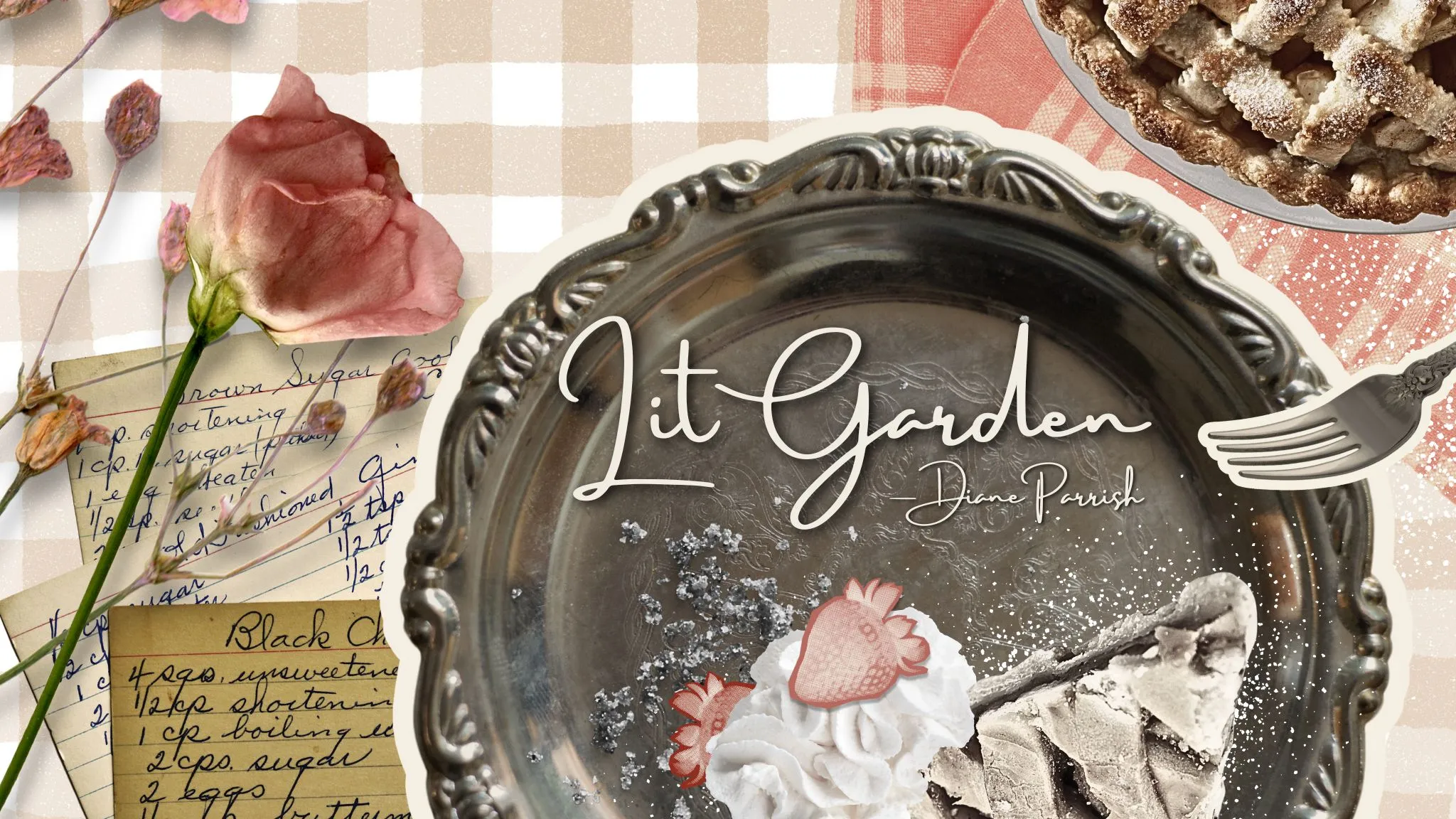
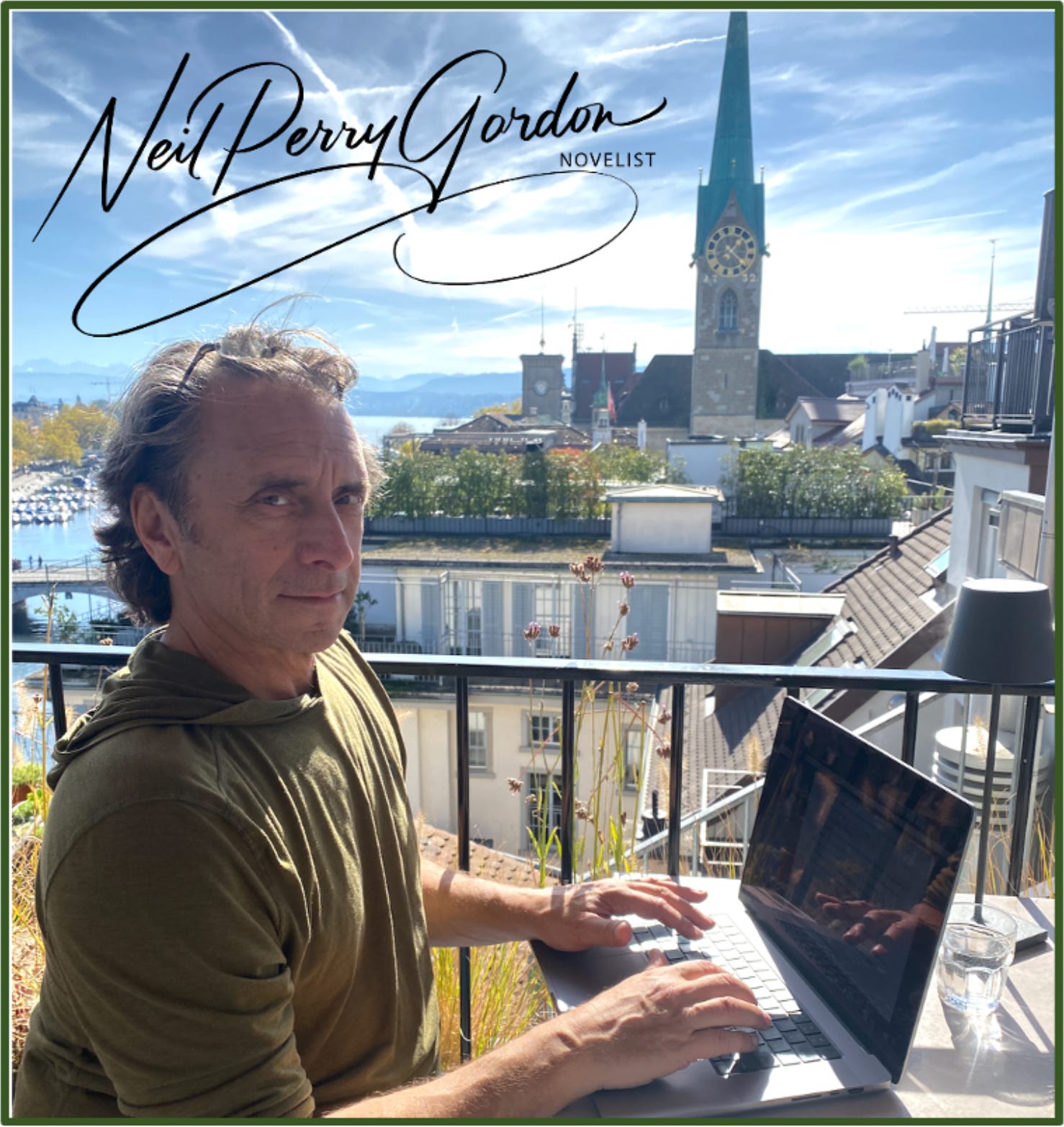

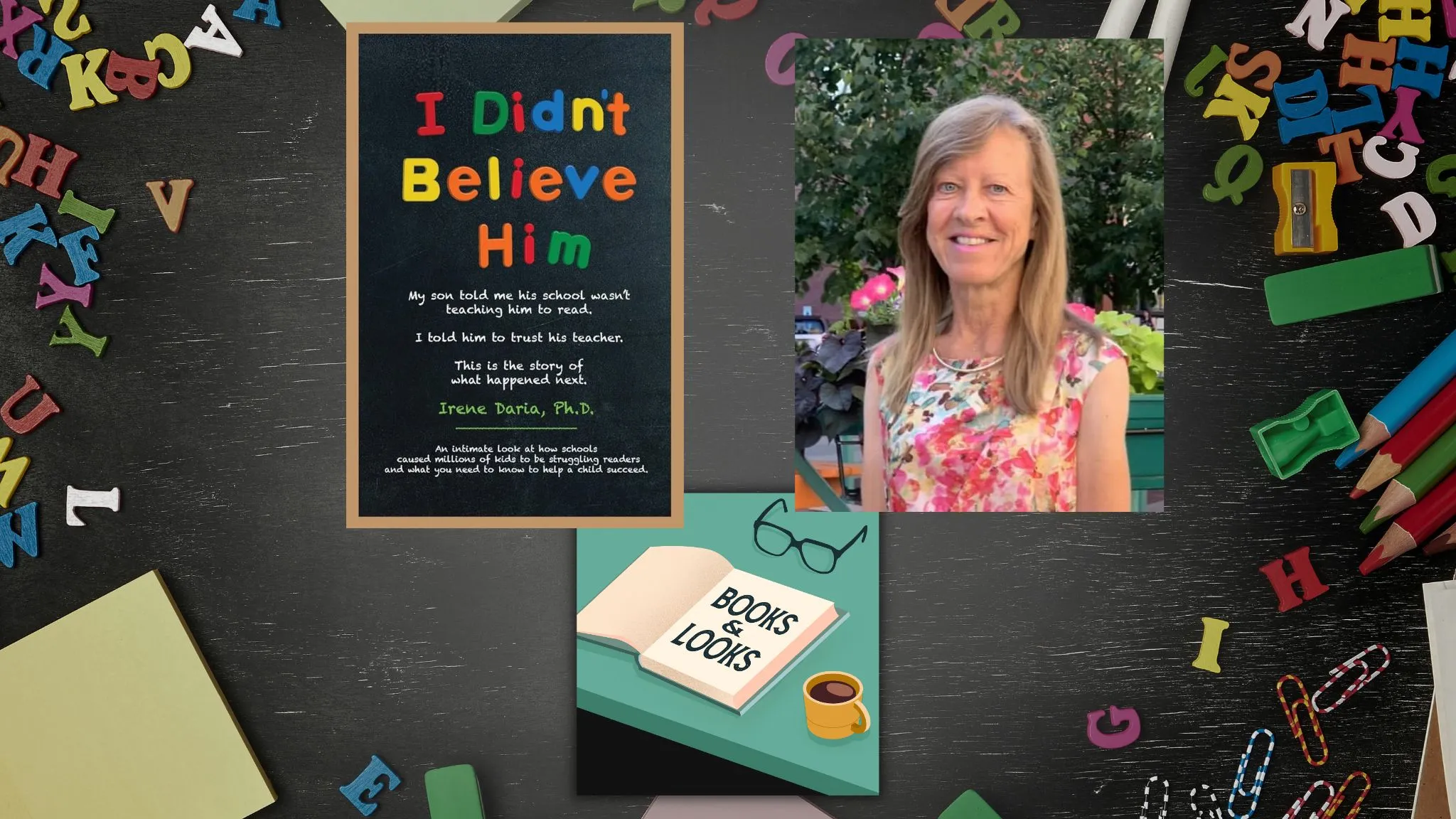


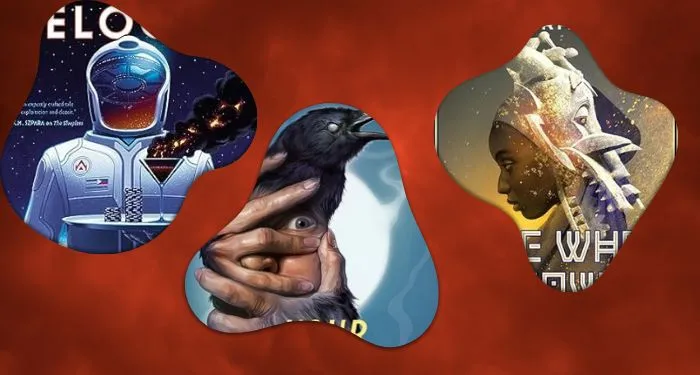





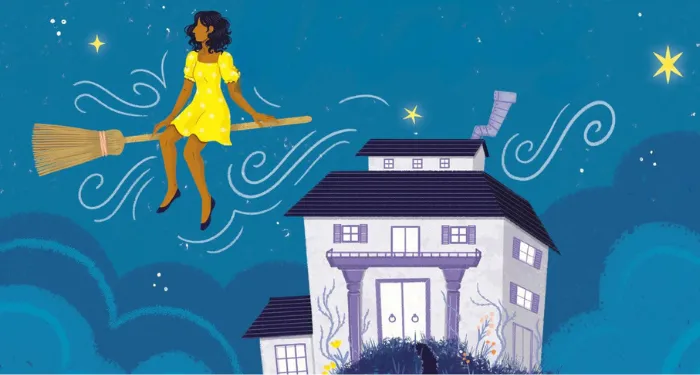



 English (US) ·
English (US) ·